Randal Hinz Photography
Exploring Namibia through my lens
With so many photography travel options in Namibia, you could spend two months here and not see everything. As this is my first article, I have decided to keep it short, and write about places in Namibia that I most like to take photos at, without giving you an exhaustive list. These places are not in any particular order, I tend to go to different places at different times of the year depending on the weather, my mood, and what image I want to capture at a given time. I am a Namibian photographer, although not born in Namibia, it is now my home and I love it here. How I ended up in Namibia is another story for another time. Anyone who has visited Namibia certainly will agree the sunsets here rival those anywhere else in the world. As for the night sky, well, I will let my photographs speak for themselves. I spent my first six months in Namibia living at a lodge near Etosha Pan and it was there that I fell in love with the stars at night, and astrophotography has now become one of my passions. I will often plan a trip around what is happening in the night sky at that time and visitors interested in photographing the stars should do the same.
Quiver Tree Forest
This place is a crowd favourite with photographers from all over the world, located 13 km north-east of Keetmanshoop, and 500km south of Windhoek. I stay at the ‘Quiver Tree Forest Rest Camp’ when I visit this location, and I camp, that way I am right next to my cameras during the night. There are other Quiver tree forests in Namibia, they just are not as accessible, nor do they have a camp right next to the trees like the one near Keetmanshoop.
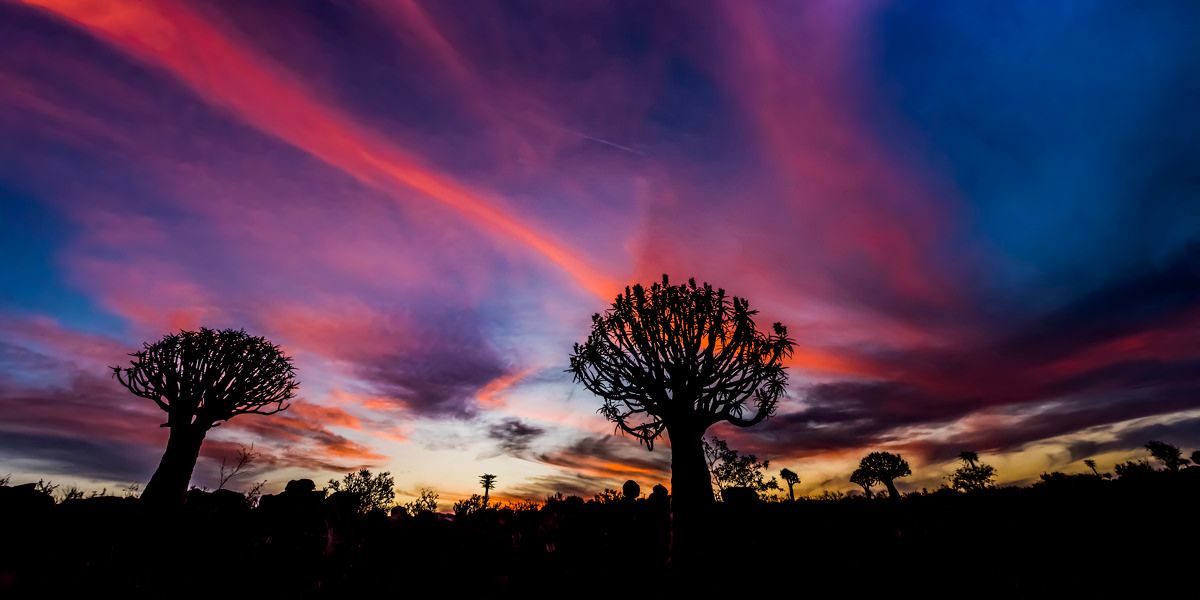
“Quiver Tree Twilight” Specifications: Nikon D810 camera, Nikkor 14-24mm lens. f22, 1/30sec, ISO 3200, 14mm. Tripod and remote shutter release. Taken at 18:12hrs.
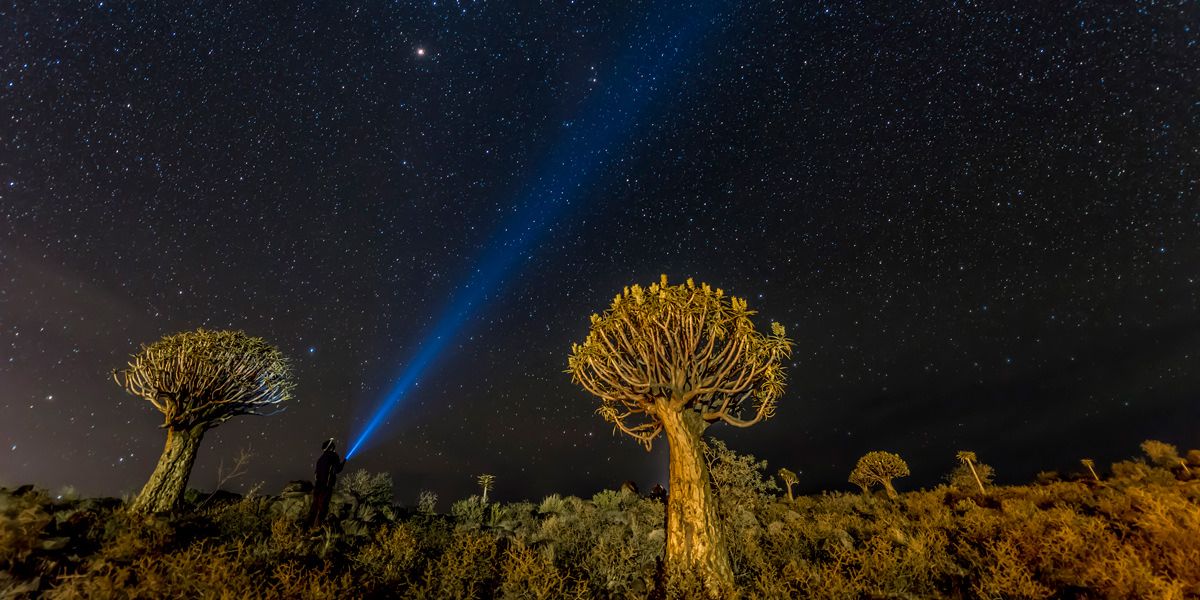
“Star Gazing” Specifications: Nikon D810 camera, Nikkor 14-24mm lens. f2.8, 28sec, ISO 3200, 14mm. Tripod and remote shutter release. Taken at 02:22hrs.
Lüderitz area
Lüderitz is an old German colonial town located on the coast about 835km south-west of Windhoek. It’s especially known for its German colonial buildings, strong winds, Diaz Point, and the nearby diamond mining ghost town of Kolmanskop. Within and surrounding Lüderitz there are some great photo opportunities if you only spend time looking for them. This area is well worth adding to your travel itinerary as there is so much more to Namibia than Etosha and Sossusvlei.
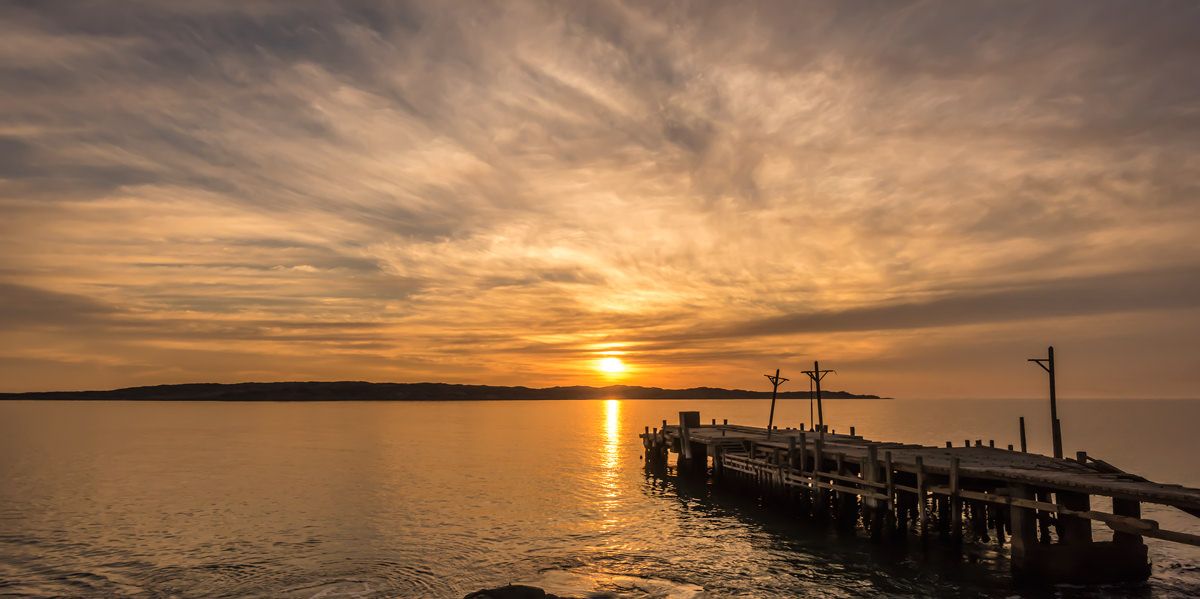
“Luderitz’s old wharf” Specifications: Nikon D810 camera, Nikkor 24-120mm lens. f20, 1/320sec, ISO 1600, 24mm. Taken at 18:00hrs.
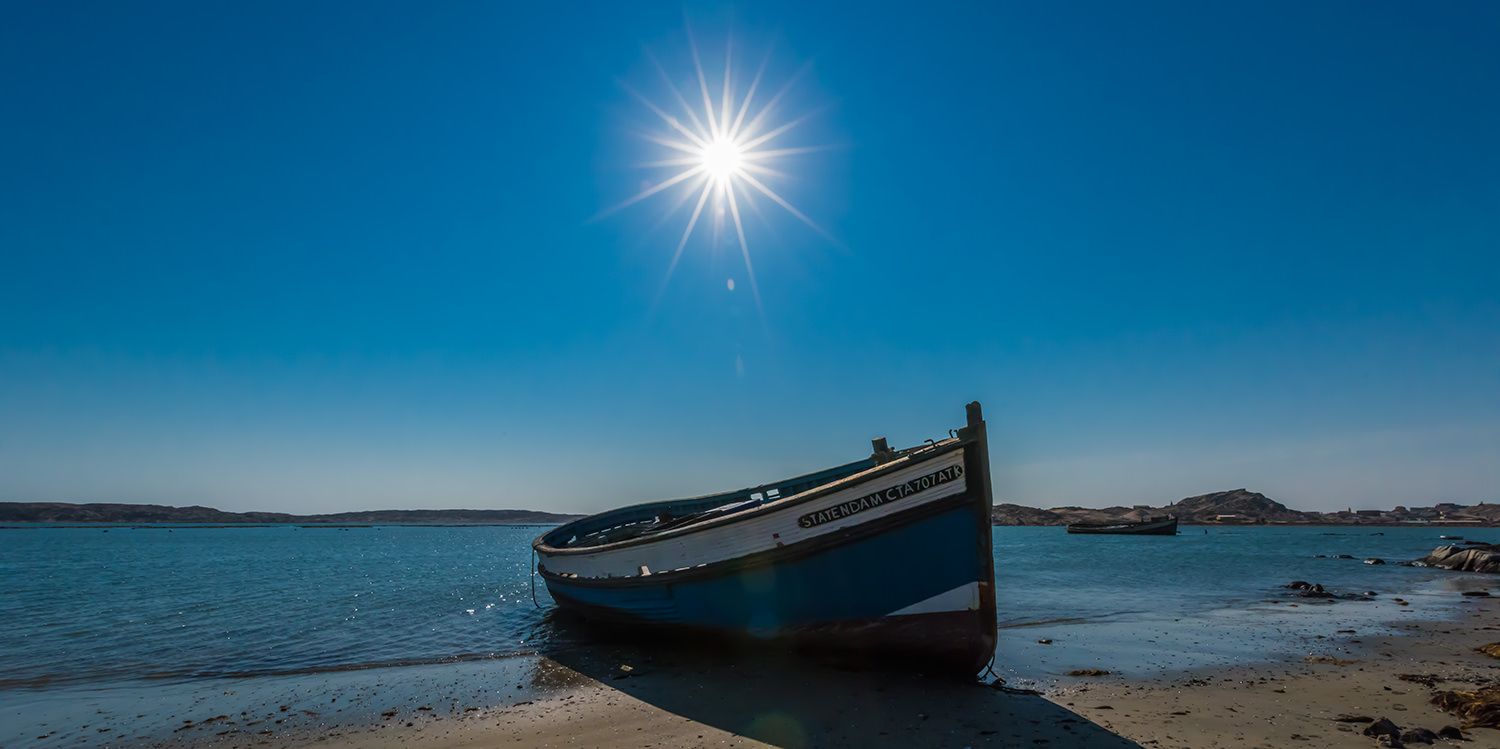
“Abandon ship” Specifications: Nikon D810 camera, Nikkor 14-24mm lens. f22, 1/2000sec, ISO 1600, 14mm. Taken at 14:55hrs.
Etosha National Park
The second most visited tourist attraction in Namibia, Etosha NP has got just about everything I want from a wildlife photography view point. The closest entrance of the four main entry gates, (Anderson’s gate) is located 415km north of Windhoek. The park’s wide open spaces, as well as treed areas, make it great for taking images without being obstructed by vegetation. There are not a lot of landscape photography opportunities, but the wildlife photography is awesome. My favourite water holes in Etosha for viewing animals are: Okondeka, Okaukuejo, Nebrowni, Rietfontein, Halali’s Moringa waterhole, Kalkheuwei, Chudop and Klein Namutoni. The elephant image below was taken using a 600mm lens and 1.5x converter. While I love my 600mm prime lens in Etosha, I stopped using my converter several years ago because it limits your photo opportunities in Etosha. I highly recommend a good zoom lens, with the long focal length being at least 400mm or 500mm. Either a 200-400mm or a 150-500mm would be excellent.
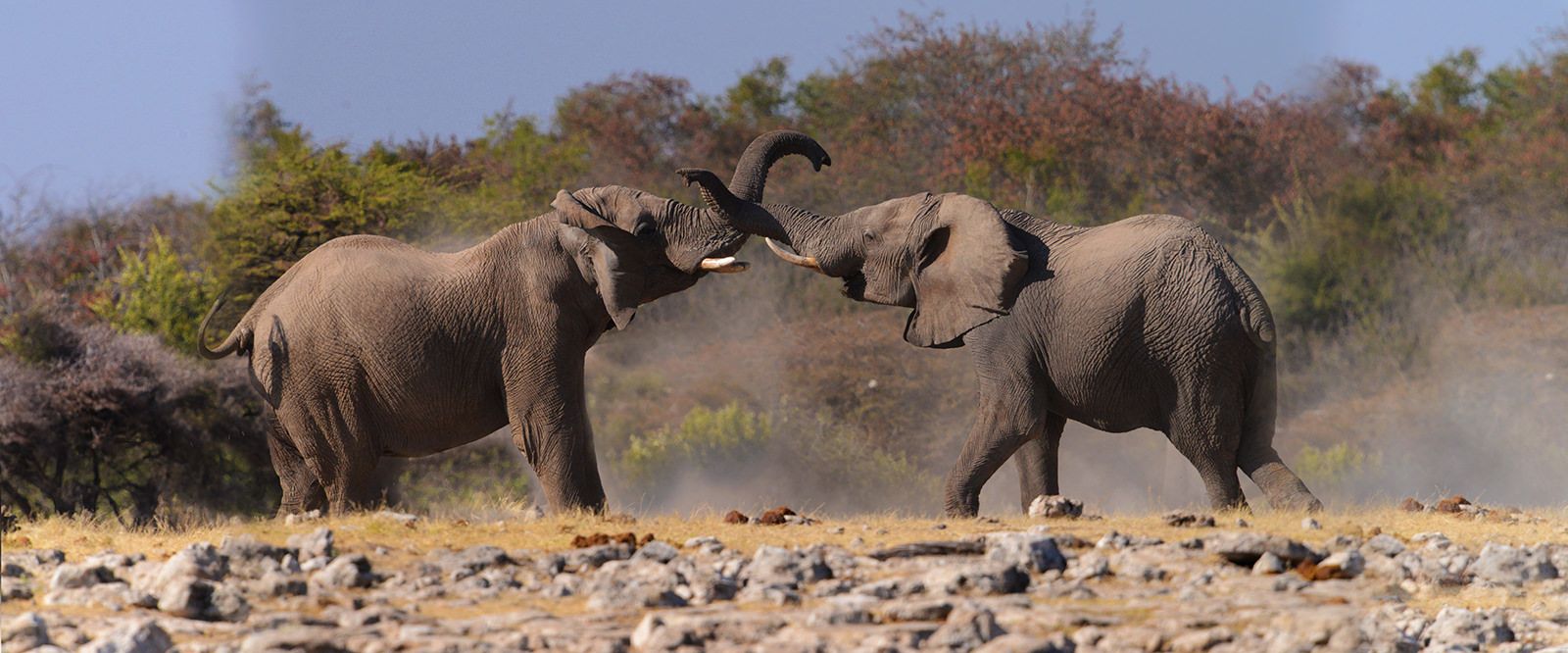
“Clash of the Titans” Specifications: Nikon D800 camera, Nikkor 600mm lens with a 1.5x converter. f10, 1/3200sec, ISO 1600, 850mm.
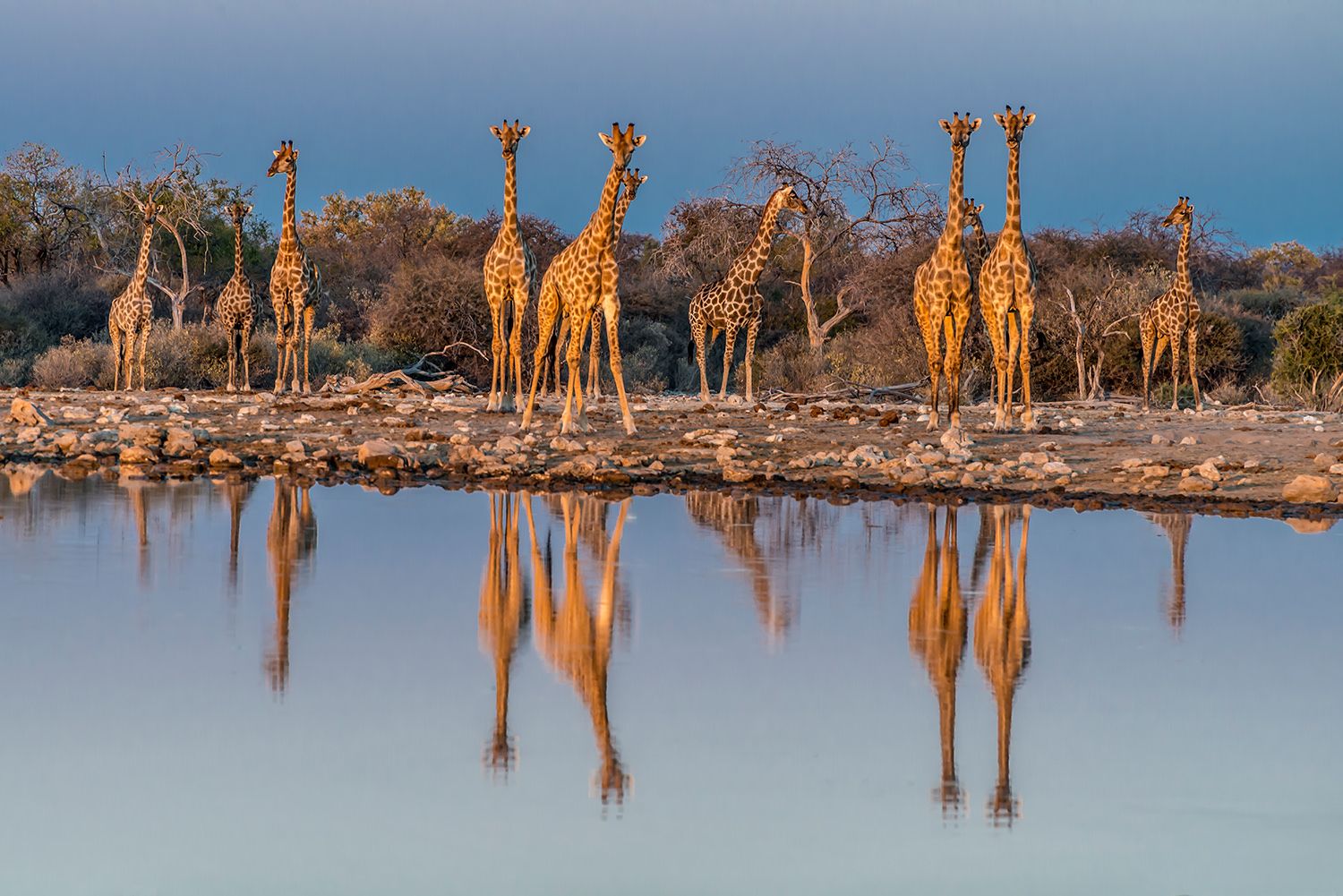
“Giraffe reflections” Specifications: Nikon D800 camera, Nikkor 70-300mm lens. f11, 1/160sec, ISO 1250, 270mm.
Kaokoland
Without doubt this is my favourite place to visit in all of Namibia. The Kaokoveld (Kaokoland) covers a large area in Namibia’s north-west. There are a number of entry points into the Kaokoveld, the most common southern entry point is via Sesfontein, located approximately 635km north-west of Windhoek. All roads are dirt or 4x4 tracks. From Sesfontein, you can enter the Hoanib River system almost immediately, or drive a short distance to visit Puros and the Hoarusib River. The Kaokoveld region contains stunningly beautiful landscapes which change from hour to hour as you drive through it, from mountains, deserts, gorges, river systems, springs, and wild animals including desert adapted elephants, lions, giraffe and much more. You definitely need a reliable 4x4 in this country and if you are not a competent 4x4 driver you should not drive alone.
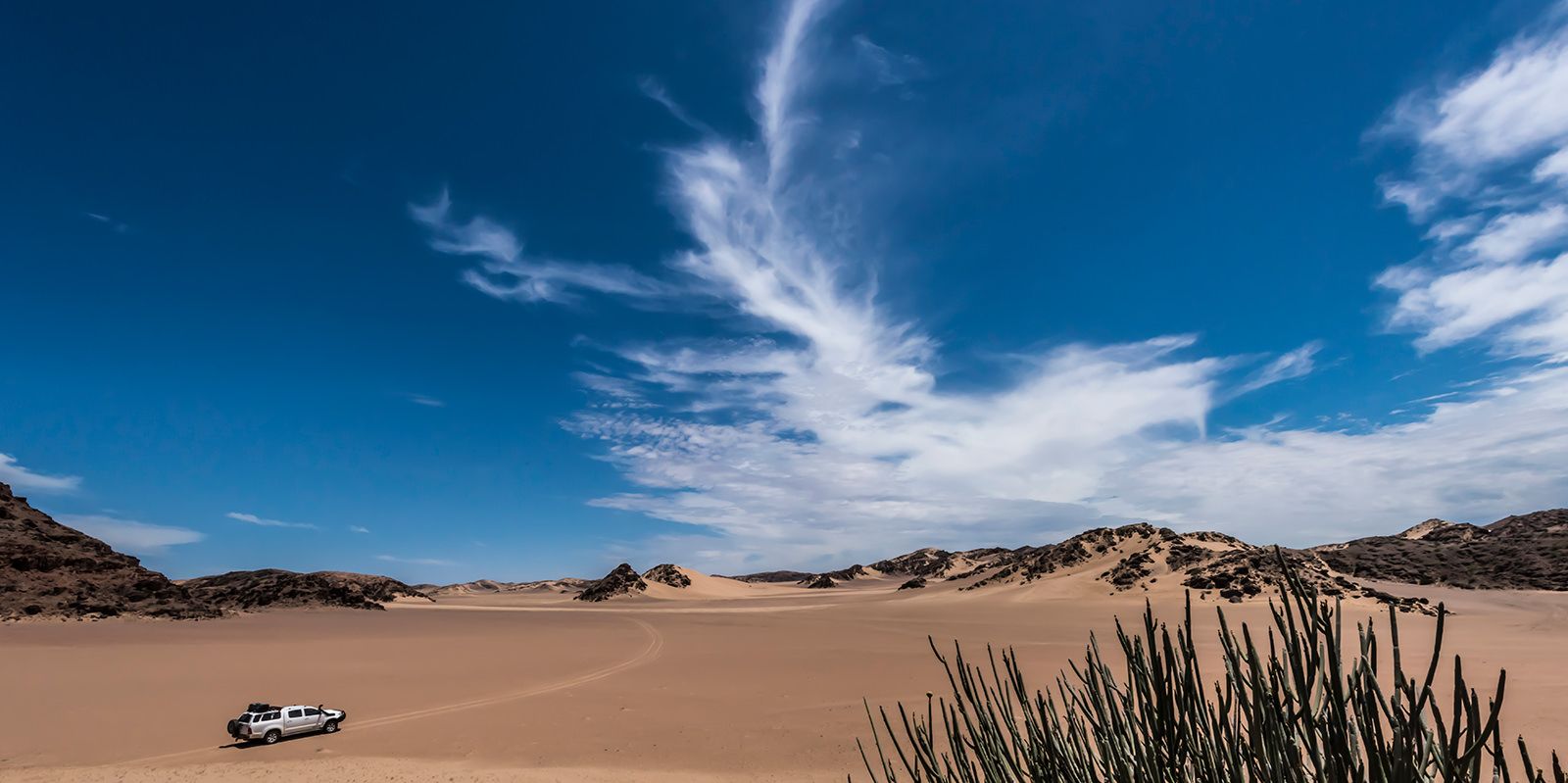
“Kaokoveld near Hoanib River” Specifications: Nikon D810 camera, Nikkor 14-24mm lens. f22, 1/1000sec, ISO 640, 14mm.
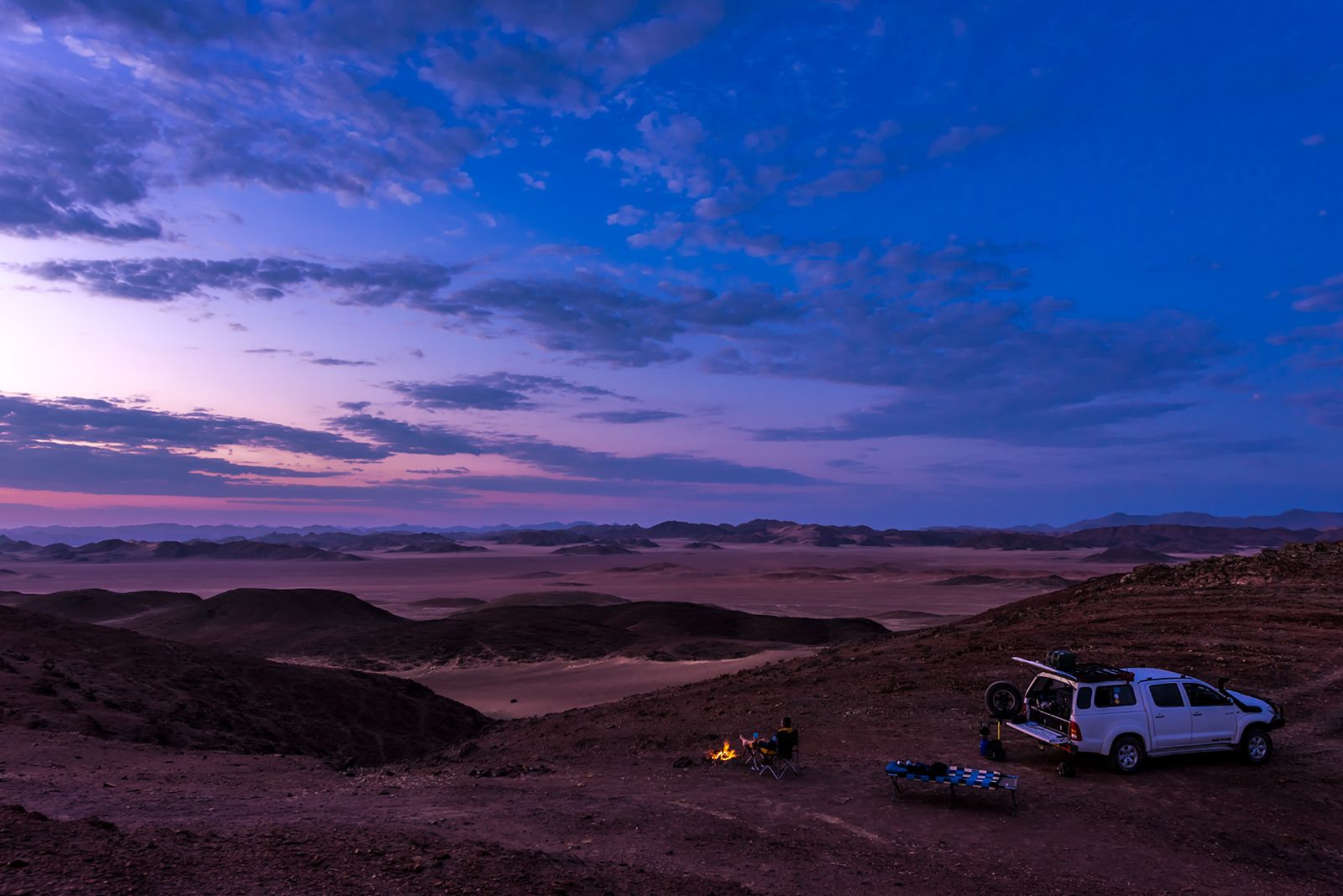
“Mountain top” Specifications: Nikon D800 camera, Nikkor 14-24mm lens. f6.3, 1/5sec, ISO 320, 24mm. Tripod and remote shutter release.
Sossusvlei and Deadvlei (Namib-Naukluft National Park)
The most visited tourist attraction in Namibia, Sossusvlei and Deadvlei are well worth the visit. Located approximately 400 to 450km south-west of Windhoek, there are numerous routes to take to reach Sesreim, which is the park entrance.
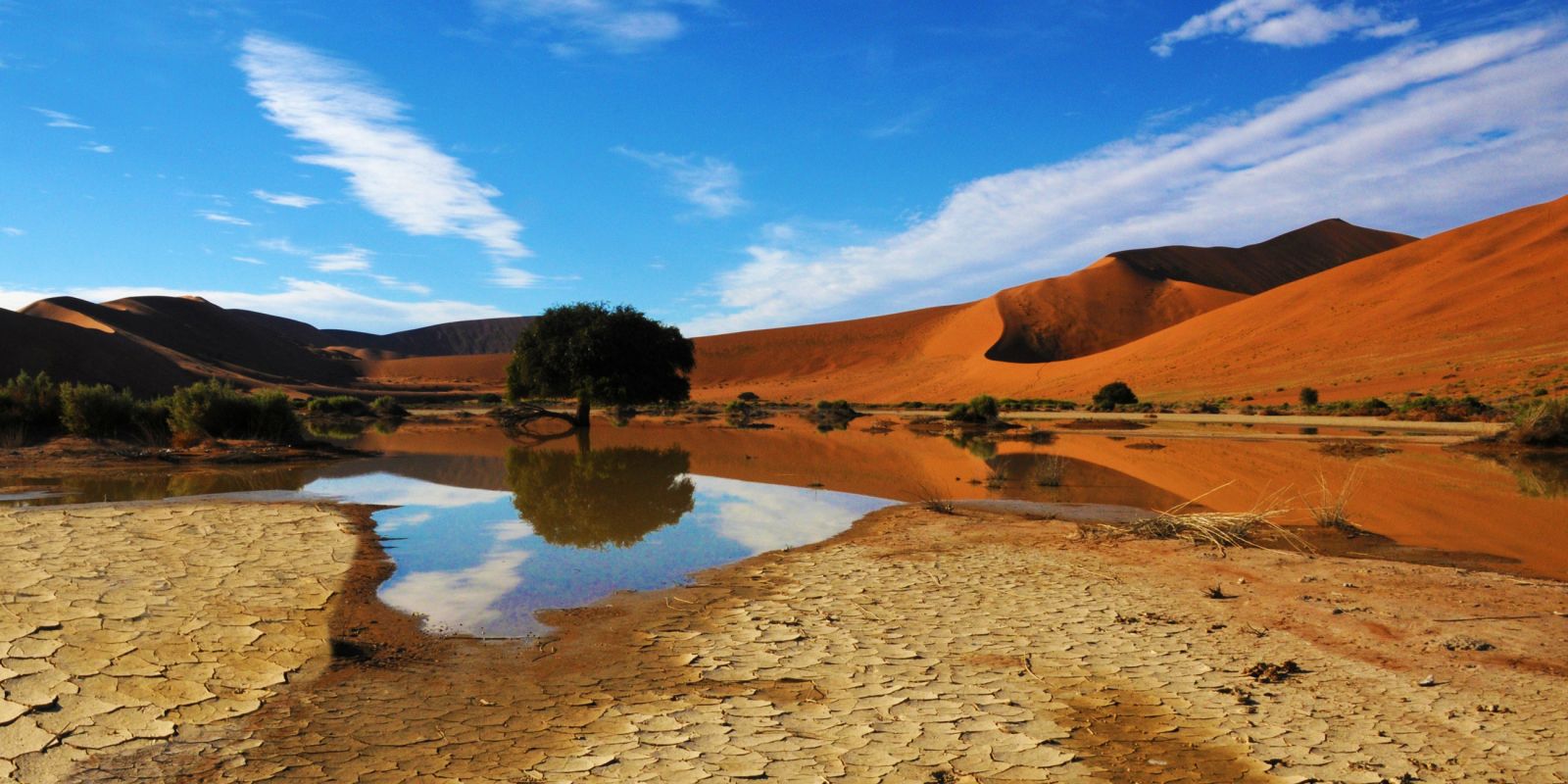
“Annetjie’s place” Specifications: Nikon D300 camera, Nikkor 14-24mm lens. f22, 1/200sec, ISO 400, 18mm. Image taken in May 2012.
I often get asked “how do I take photos of Deadvlei at night”. Its simple, you should stay at the NWR lodge inside the park, or camp at the NWR camp-ground just inside the park entrance at Sesreim. This allows you to enter the park one hour before sunrise (everyone else lodging outside the park must wait for sunrise), and it also allows you to stay one hour longer inside the park in the afternoon. You then have to have the courage to leave your camera out all night in the park. I must admit this was tough the first time I did it, I worried about my camera all night long. You also have to guess the camera settings and consider what sort of shot you are after. The image below is taken under a 60% moon cover.
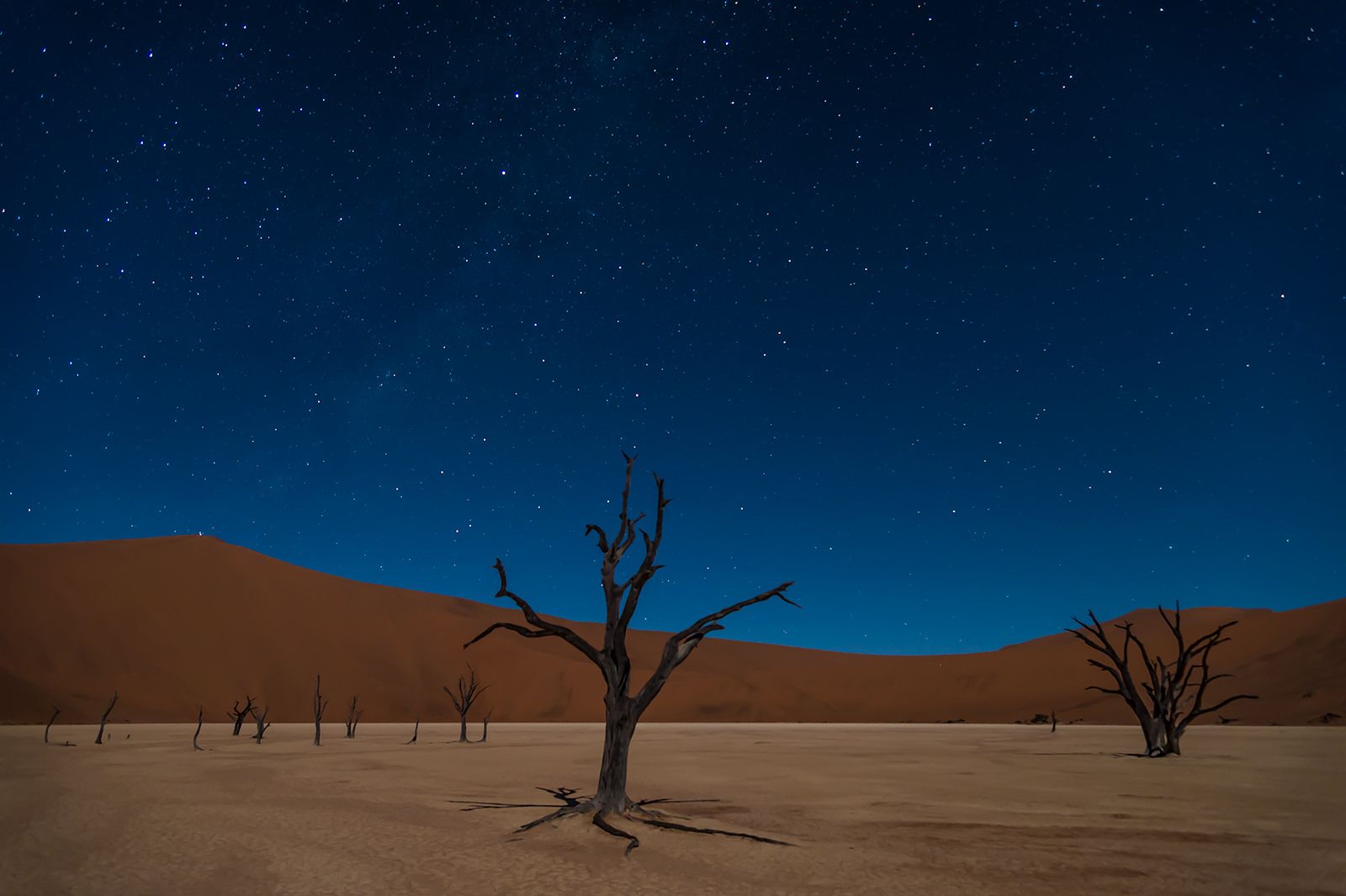
“Deadvlei under the stars” Specifications: Nikon D800 camera, Nikkor 14-24mm lens. f2.8, 15sec, ISO 1600, 24mm. Tripod and remote shutter release.
Photography advice for travelling through Namibia:
- Dust and sand protection: Protect your gear from sand and in particular, dust. I do not change lenses when I’m out in the field. Cover your cameras and lens immediately once you have finished taking photos, even if you are in a vehicle. Rent a second camera body if you want lens flexibility.
- Lens selection and travelling light: Give yourself flexibility with your camera lenses when travelling through Namibia. Bring a zoom lens with a nice wide range, a 200-400mm or 150-500mm. A second camera with a smaller zoom lens on it would be a great edition if you can afford it.
- Memory cards and batteries: Bring lots of both. I cannot tell you how many people I have met while travelling around Namibia, who have to sit down each night to delete photos on their camera’s memory cards because they are full, and they are not even half way through their trip. You must bring extra memory cards, and a storage backup drive can also be very useful if you can afford the extra weight. Also, at least one extra battery is a must, oh and don’t forget your battery chargers and power adapters.
- Have fun and make memories: Whatever camera you have really doesn’t matter, you are here to enjoy yourself and take home some holiday images as memories. Do not forget to enjoy yourself, safe travels and happy snapping.
